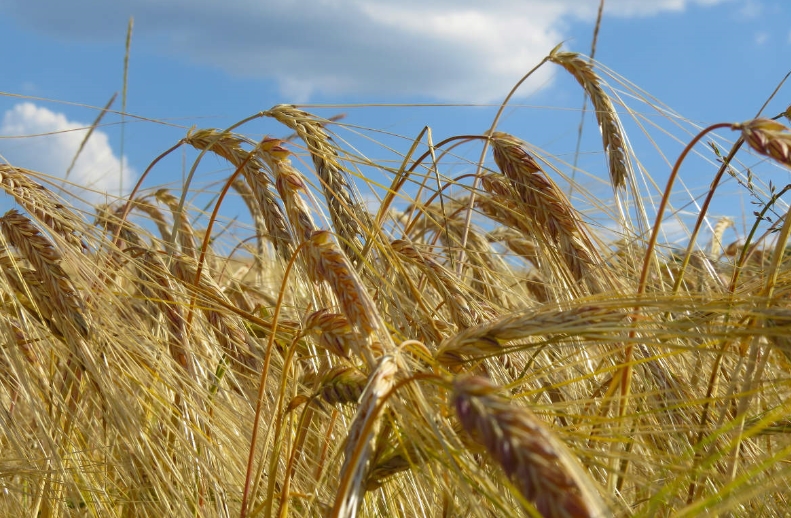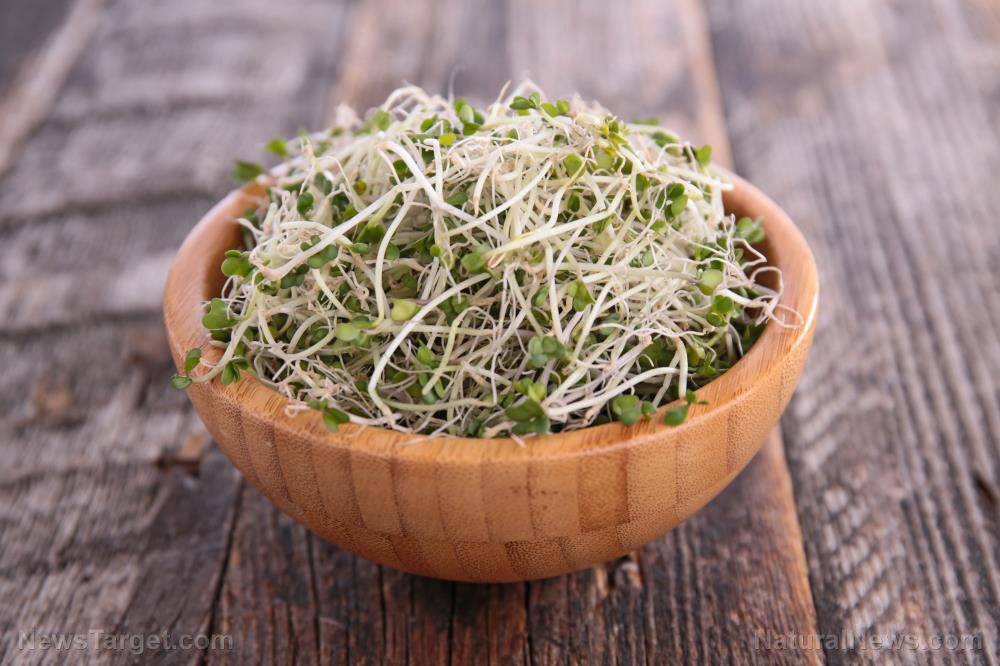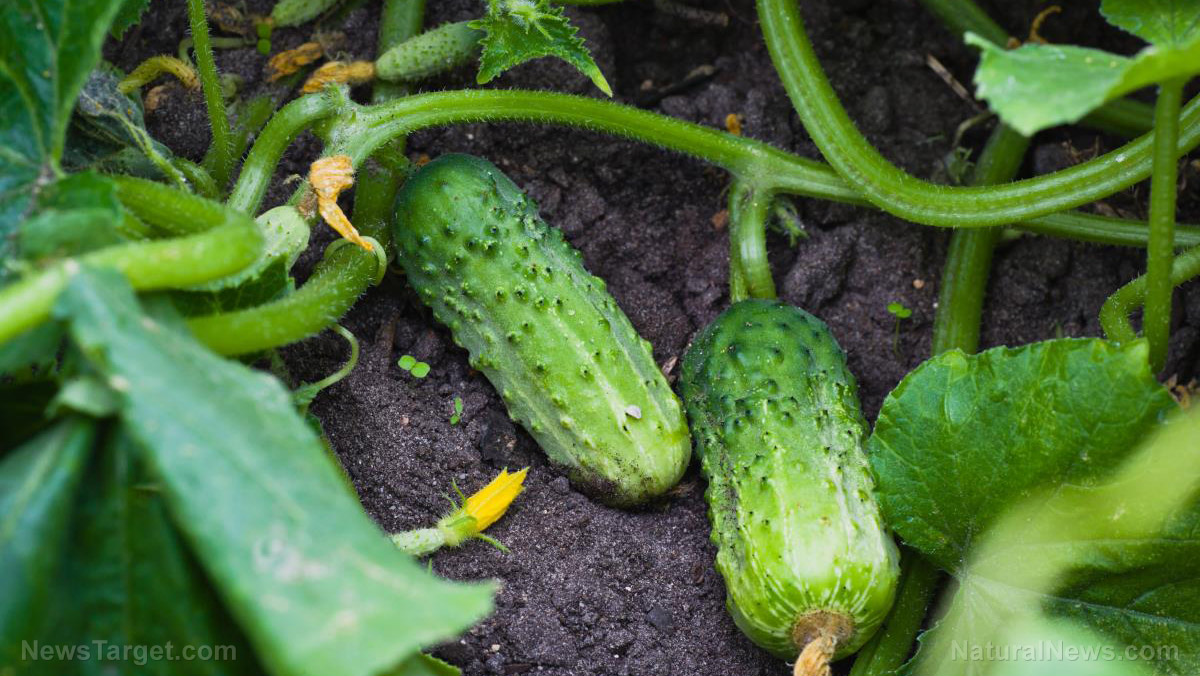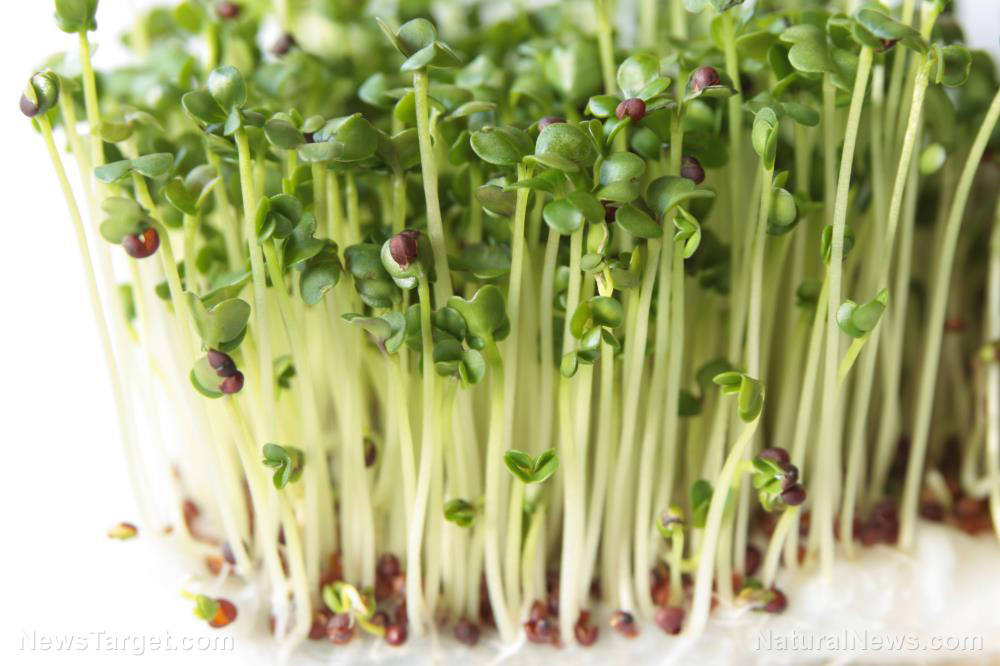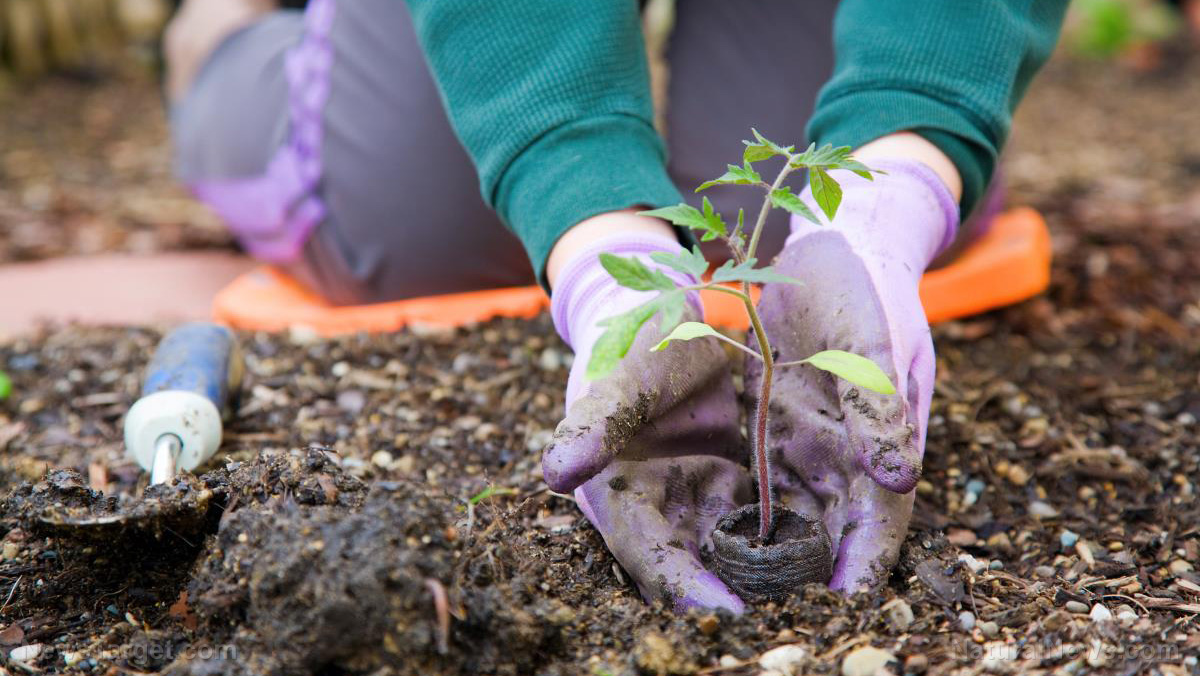
To enjoy the fruits of this iconic plant, however, it pays to learn how to start caring for them.
Getting ready to grow figs
While most people wait for spring to start transplanting fig trees, you actually don't need to wait -- just make sure that you put the tree in the shade afterward. You can even transplant a Maltese Beauty -- a type of fig with a milder sweet flavor and a syrupy texture -- that has been severely root bound.
Most plants that are transplanted often show signs of being root bound, that is, a condition where a plant develops a root system that's too big for its container. This happens when plants have either outgrown their pots or if the roots are caught in a solid barrier such as a foundation wall or even pipe systems. A plant that is root bound tends to show symptoms that are similar to it being under-watered, on account of the roots choking the plant and making nutrient absorption difficult. There are some plants that thrive while being root bound, like the Christmas cactus or peace lily, since the stress from being root bound actually produces their blooms. Other plants, such as spider plants and aloe, must be root bound to produce offshoots, since the condition triggers their survival instincts. Still, even these plants must be transplanted for them to grow larger.
If you're transplanting a fig that's bought commercially, remove the synthetic fertilizer that usually covers the plant's topsoil. These synthetic fertilizers, in particular, contain chelating agents that are environmental pollutants and toxic to soil bacteria. One such agent, EDTA (ethylenediaminetetraacetic acid) -- which behaves as a persistent pollutant and increases the likelihood of heavy metals contaminating the soil -- is found in most synthetic fertilizers. If you will remove them, however, scrape off the fertilizer pellets into a bag to make sure it doesn't end up in your lawn.
After getting rid of the fertilizer, the next step is to prune the roots, especially in plants that are root bound. Using a serrated knife, prune the roots by slicing the edges of the root ball at an angle parallel to the trunk of the tree. It's best to cut through the edges in a box shape. Cut across the bottom of the root ball afterward to remove the remaining bound root systems.
Root pruning is essential for container gardeners, as this prevents roots from circling around the plant. You can use air pots or fabric pots, since these can create a dense root system that does not circle. As the roots reach the air in a fabric or air pot, they dry out, sending a signal to the plant to produce more roots. The fig tree, for the most part, doesn't need much by way of pruning, but it's better to do it every couple of years. (Related: Go fig-ure: 7 types of figs to add to your garden and how to grow them.)
In the pot where you're planning to transplant the figs, add a layer of soil at the bottom, then mix clay pebbles in it to provide aeration and drainage. Place the fig tree in the pot, with the topsoil being level with the edge of the pot. Add in more soil to top it off, including organic matter such as cow manure and coffee grounds. Water the plant and leave it in the shade for a couple of days before placing it in direct sunlight.
Learn more about growing figs and how to spruce up your garden by following Homesteading.news today.
Sources include:
Please contact us for more information.
















